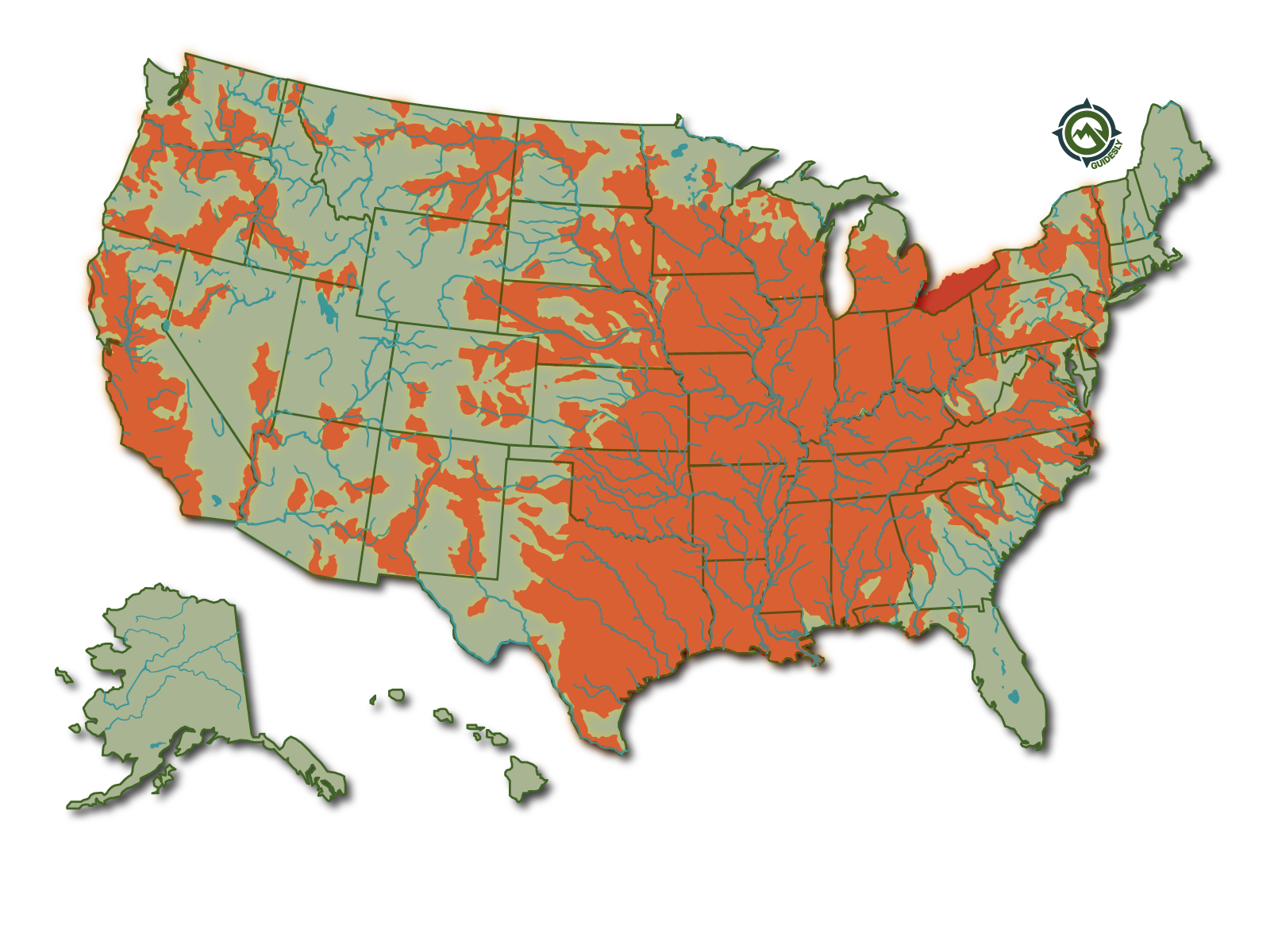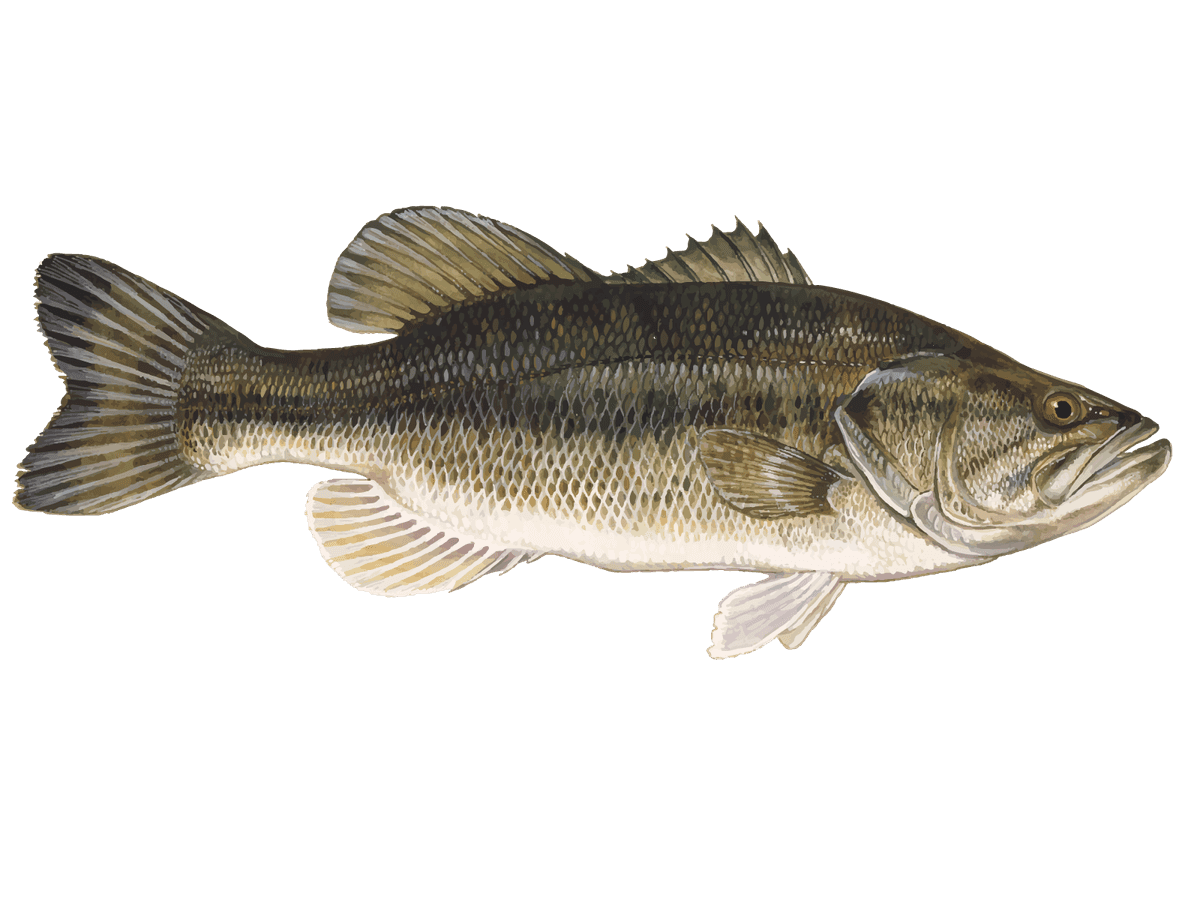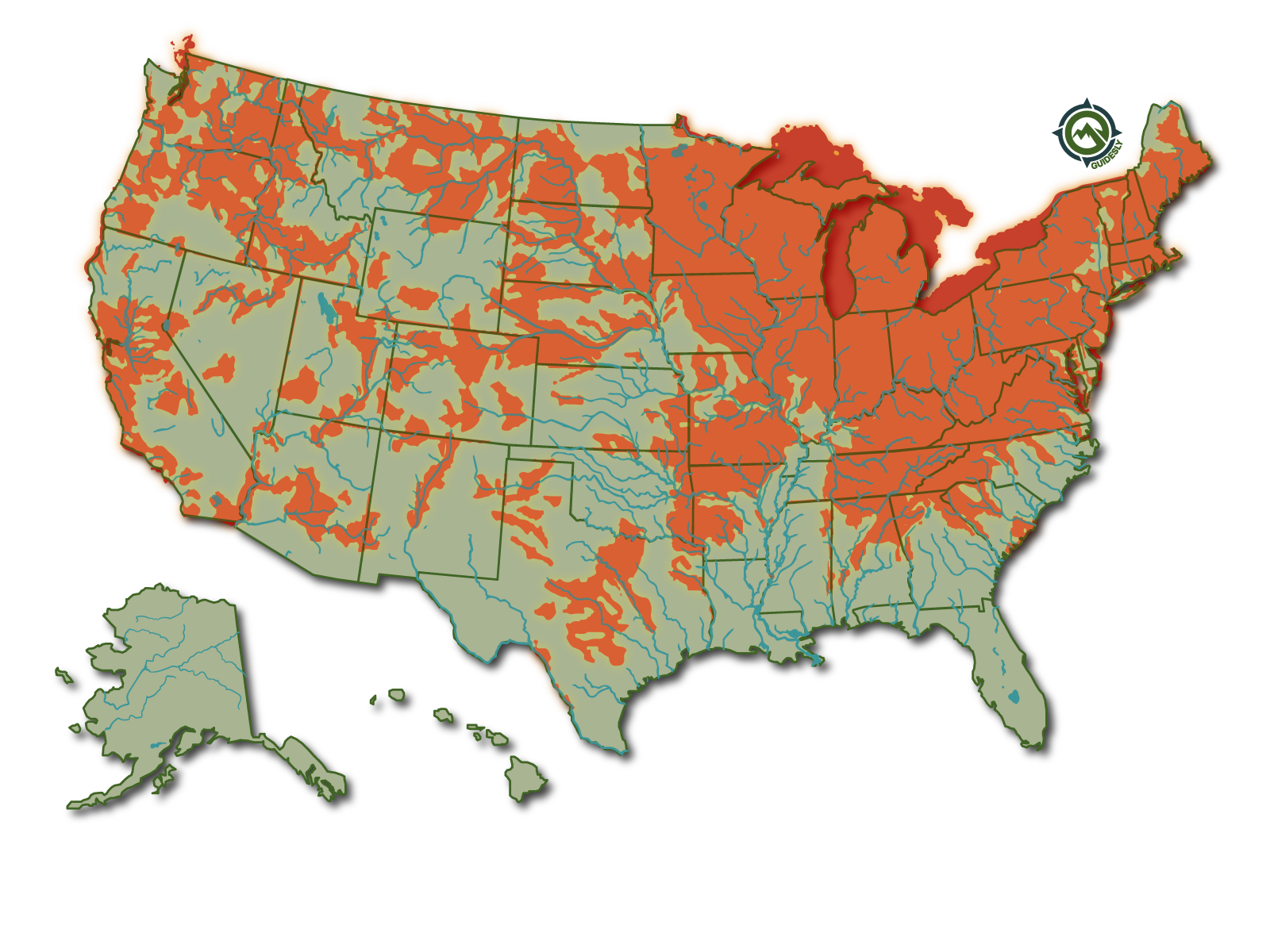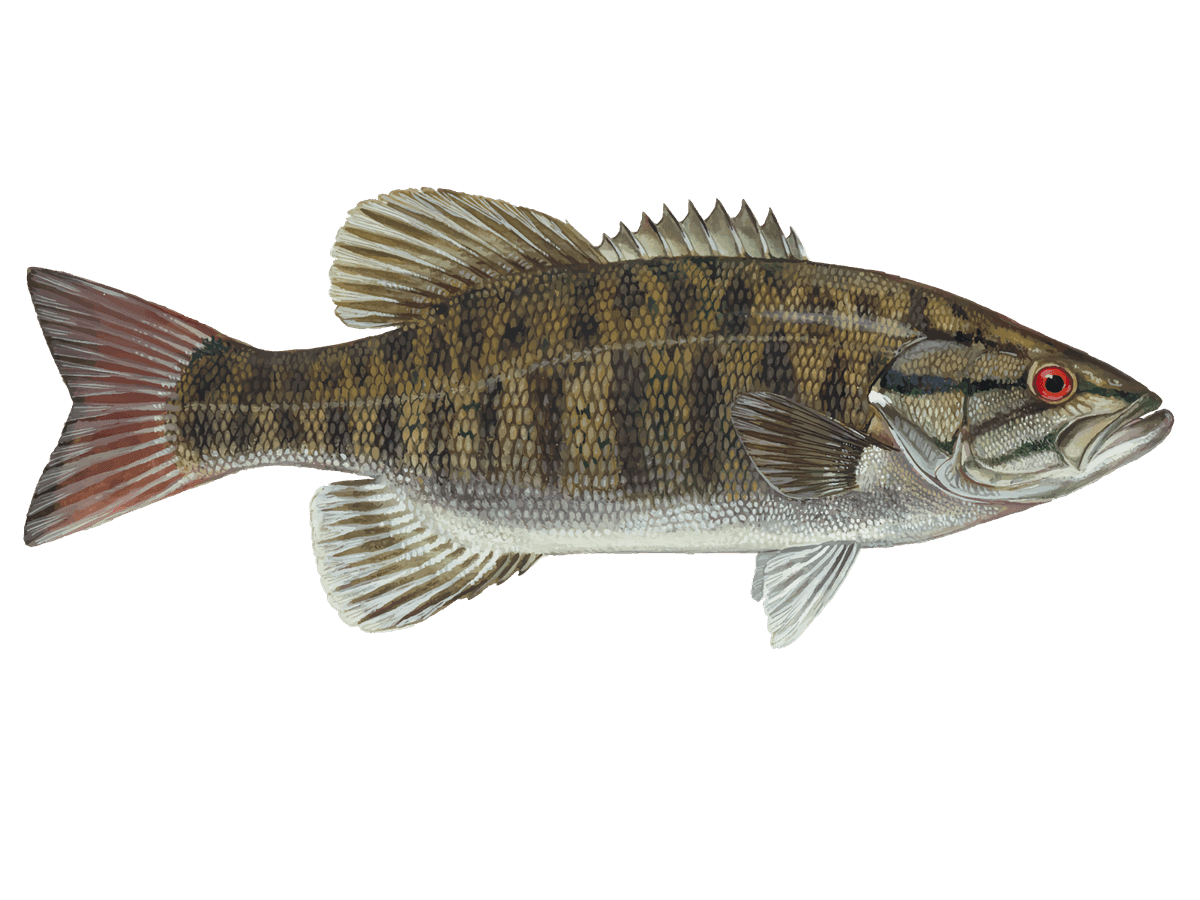Nashville Family Fishing: Sunset Lake Trip
- Published Date: October 4, 2025
- Fishing
- Nashville
- $250 - $700 price range
Summary
%2F%2Fusers%2F56ca80aa-976b-44ea-b88a-7fda5999805c%2Fratecard%2F493992682_24288118484123483_1655686947014535719_n-mg9csuj8.jpg&w=1200&q=75)
Family Fishing Fun
Family Fishing Fun on Nashville's Waters
Ready for some quality family time on the water? This 4-hour afternoon fishing trip in Nashville is tailor-made for families looking to cast a line and make memories together. Whether you're teaching the kids to fish or hoping grandpa can show off his angling skills, our expert guides create a laid-back atmosphere perfect for anglers of all ages. As the sun starts to dip, we'll hit prime fishing spots where bass and crappie are biting. Don't sweat the gear - we've got you covered with rods, tackle, and bait. Just bring your fishing license, some snacks, and get ready for an afternoon of laughs and maybe even some trophy catches.
What to Expect on the Water
Picture this: You're cruising on a comfortable boat, the Nashville skyline fading as you enter a world of scenic shorelines and calm waters. Our seasoned captains know these waters like the back of their hand, and they're all about making sure everyone - from eager youngsters to seasoned anglers - has a blast. We'll hit up some local hotspots where the fish are known to hang out. Expect a mix of action and relaxation as we try different spots and techniques. The vibe is casual and fun - no pressure, just pure enjoyment. And hey, if someone needs a break from fishing, there's plenty of wildlife watching and good old family banter to keep things lively.
Fishing 101: Tips for Newbies
New to fishing? No worries! We'll start with the basics - how to hold a rod, bait your hook, and cast like a pro. We use a mix of techniques depending on what's biting. You might try some simple bobber fishing, perfect for kids to watch that red and white float disappear when a fish strikes. Or we might do some light trolling, where we slowly cruise with lines in the water. For the more adventurous, we could try some bank fishing, casting towards shore structure where big bass like to hide. Our guides are patient teachers, happy to demonstrate and then let you give it a go. Remember, it's all about having fun - if you tangle your line or miss a bite, that's just part of the fishing experience!
Top Catches This Season
Nashville's waters have been on fire lately! Anglers have been pulling in some real beauties. Largemouth bass have been hitting hard, especially around submerged logs and weed edges. We've seen some chunky 4-pounders that'll make anyone's day. Crappie fishing has been hot too, with schools of these tasty panfish hanging around brush piles. And don't count out the smallmouth bass - these bronze fighters have been giving folks a run for their money in the faster-moving sections. Every trip is different, but that's the beauty of fishing - you never know what might be on the end of your line!
Species You'll Want to Hook
Largemouth Bass: The king of Nashville's waters, largemouth bass are the heavy hitters everyone wants to catch. These green-backed bruisers can grow upwards of 10 pounds, though a 3-4 pounder is still a trophy. They're ambush predators, often hiding near structure like fallen trees or weed edges. When they strike, hold on tight - their powerful runs and acrobatic jumps make for an unforgettable fight. Spring and early summer are prime times, but we catch them year-round.
Crappie: Don't let their size fool you - crappie are a blast to catch and even better to eat. These silvery panfish travel in schools, so when you find one, you've often found a bunch. They have paper-thin mouths, so a gentle touch is key when reeling them in. Crappie love to hang around brush piles and submerged timber. The best action is usually in spring during their spawn, but fall can be dynamite too as they fatten up for winter.
Smallmouth Bass: The scrappy cousins of largemouth, smallmouth bass are pound-for-pound some of the hardest fighting fish in freshwater. They prefer cooler, moving water and rocky areas. When hooked, they'll dive deep and use the current to their advantage. Smallies are known for their spectacular aerial displays - it's not uncommon to see them leap clear out of the water multiple times during a fight. Late spring and early fall are typically the best times to target these bronze beauties.
Why Anglers Keep Coming Back
There's something special about fishing Nashville's waters that keeps folks coming back for more. Maybe it's the thrill of watching a kid reel in their first fish, eyes wide with excitement. Or the peaceful moments as the sun sets, painting the sky in oranges and pinks while you wait for that next bite. Our guests often tell us it's the perfect mix of action and relaxation - a chance to unplug from the daily grind and connect with family and nature. Plus, with our knowledgeable guides handling all the details, you can focus on making memories and maybe even starting a new family tradition. Whether you're looking to fill the cooler or just enjoy some quality time on the water, Nashville fishing has a little something for everyone.
Time to Book Your Spot
Ready to get the family together for an afternoon of fishing fun? Our Nashville Afternoon Fishing Trip for Family is a surefire way to create lasting memories and maybe even spark a lifelong passion for the sport. With everything provided - from rods and bait to local knowledge and a boatload of patience - all you need to bring is your sense of adventure (and maybe some snacks). Remember, these trips are perfect for all skill levels, so don't worry if you've never held a fishing rod before. Our guides are pros at making sure everyone has a great time, whether you're 8 or 80. Spots fill up fast, especially during peak seasons, so don't wait to lock in your family's next big adventure. Give us a call or book online today - the fish are waiting, and so are the stories you'll be telling for years to come!
Learn more about the species
Crappie
Crappie (Poxomis)
Crappies are game fish and the largest members of the Centrarchidae family. They are present in nature as Black Crappie (Poxomis nigromaculatus) or and White Crappie (Poxomis annularus). Both the species are similar to each other, apart from few distinctions. White crappie will have vertical bars running the length of their body, and black crappie will have no discernible pattern and will just be speckled, hence their nickname, “specks". White crappie has 5-6 spines, and black crappie has 7-8 spines. Anglers often differentiate the two by body shapeGrenade Lake, Mississippi, and Reel foot Lake are considered among giant crappie lakes.
Crappie Habitat and Distribution
Both the crappies have a similar habitat, though black crappie prefers clearer water than white crappie. These fishes can be found in rivers, lakes, and backwater pools swimming in shallow waters or hiding among bushes, vegetation, or other covers.

Crappie is native to Canada and the eastern States. It is a much-enjoyed game fish in North America and inhabits the Great Lakes, Hudson Bay, and the Mississippi River Basins.
Crappie Size and Weight
Crappie can be 7-12 inches long and weigh about 0.5-1 pounds.
Crappie Interesting Facts
Crappie is known for its tasty and white meat.
- Both Poxomis nigromaculatus and Poxomis annularus are less active during the day.
- Both the fishes have a different number of dorsal fin spines. White Crappie has 6 while Black Crappie has 7 or 8.
- Mouth of Black Crappie is larger and reaches mid-eye and has a resemblance to largemouth bass.
- Crappie travels in schools.
- Female lays 5000-60000 eggs.
- Crappie can live for 7 to 10 years.
Is Crappie Good to Eat?
Despite its name, crappie is an excellent source of nutrition, containing high amounts of protein and essential omega-3 fatty acids. Although it's not as popular as salmon or tuna, crappie can be a delicious addition to any healthy diet. They are known for their delicate taste and ease of preparation.
When cooked properly, crappie has a delicate flavor and flaky texture, making it perfect for grilling, frying, or baking. Moreover, because they are smaller fish than other common species, such as bass or catfish, the chances of mercury contamination in their flesh are much lower.
Crappie Spawning
Crappie spawning season begins in early spring and summer when the water temperature is 62 F-68 F. Male builds the nest in soft or gravelly spots, the female lays the eggs, and the male guards the nest. Eggs take 2 to 5 days to hatch.
Crappie Food
Depending on the age, Crappie victims consist of zooplankton, crustaceans, small fish, minnows, insects, gizzard or threadfin shads, and larvae of other game fishes.
Crappie Fishing
Crappie is most active at dawn or dusk. Anglers recommend using live bait and properly sized hooks, not too small, not too large.
Spin or Bait Fishing for Crappie:
Spin fishing for crappie is a popular angling technique used for years. The use of small lures, such as crappie spinners or jigs along the bottom with light tackle, makes it possible to catch these elusive fish with ease. Crappie spinner fishing involves using a spinning rod and reel setup to cast the lure out into the water and retrieve it in a steady fashion.
When fishing for crappie with a spinner, it's essential to choose the right size and color of the lure. Smaller lures are more effective when targeting this species due to their smaller mouths. Additionally, selecting colors that mimic the natural prey of crappie can help increase your chances of catching them. It's also important to consider where you're casting your line when using spinners for crappie fishing.
Another popular technique is a bobber with a hook with live bait such as worms or small minnows. This is a proven method to catch crappie.
Fly Fishing for Crappie:
- Fly fishing for Crappie is exciting. Both dry and wet flies work well. Use dry flies on still and calm days, especially early and late. A great way to start a young angler on fly fishing, crappie is not as challenging as much other game fish.
- The best-wet flies for fly fishing are streamers and nymphs and soft large hackles. Streamers (small) are perfect when the fish is eating minnows.
- Anglers can fly fish for Crappie near fallen trees or bushes using a dry or wet fly. Be patient and let the fish properly take the hook. - Clouser Minnow is the ultimate fly bait that can catch even the sluggish crappie.
Crappie Baits and Lures:
- Spinners
- Pan-fish jigs
- Small crankbaits
- Insects
- Worms
- Streamer flies
- Small minnows
- Nymphs

Largemouth Bass
Largemouth Bass (Micropterus salmoides)
It is the most famous and biggest member of the sunfish family and is a renowned game fish. Largemouth Bass has a green or olive-green color body and dark or black horizontal markings on its body giving it the nickname black bass. It has a slightly forked tail and the soft rays on dorsal fins are separated by deep points.
The average adult Largemouth Bass averages 12 inches to 24 inches and weighing between 1 to 4.5 pounds.

Interesting facts:
- They are appropriately named having an exceptionally large mouth and when opened, the upper jaw goes well beyond its eyes.
- They are an angler's favorite as they give quite a fight when reeled out of water.
- Largemouth can detect their prey’s vibrations using their sixth sense called lateral lines as well as their keen sense of smell.
- Largemouth Bass are attracted to red color.
Where to Find Largemouth Bass

The Largemouth Bass mostly live in ponds, lakes, and medium-sized water bodies, but can be found near ditches and creeks. They like a warm place abundant in weeds and shallow muddy waters. The Largemouth Bass is only native to North America and is densely populated in the eastern and southernmost states. They now have been expanded to every state of America except Hawaii and Alaska. Due to its popularity as a game fish, the species has been introduced in many countries of Europe, Asia, Africa, South America, and Central America.
Spawning
When matured, largemouth bass usually spawns from late winter to late spring. The eggs are guarded by the male. When hatched the school remains for about 3 to 4 weeks under their father’s protection before dispersing. The optimum temperature when the eggs are laid is a steady 60 ºF or higher.
Largemouth Bass Size and Speed
Largemouth bass size and speed are two essential factors that anglers consider when fishing for this popular game fish. The largemouth bass is one of the largest freshwater fish species found in North America, with adult fish typically ranging from 12-24 inches long and weighing anywhere from 2-10 pounds or more. However, some specimens have been known to reach lengths of up to 30 inches, and the biggest largemouth bass ever caught weighed more than 22 pounds.
One reason why largemouth bass size is so important to anglers is that larger fish tend to be older and more experienced, making them harder to catch than their smaller counterparts. Additionally, larger fish can put up a much stronger fight when hooked, which adds an extra level of excitement and challenge for anglers. On the other hand, speed is another important factor that affects the behavior of largemouth bass.
Food
The Largemouth Bass's food consists of other fishes such as gizzard, shad, threadfin shad, golden shiners, bluegills, catfish, crayfish, and other smaller fishes. Snakes, salamanders, mice, bats, frogs, and other creatures are also victims.
Fishing Techniques - How to Catch Largemouth Bass
They are most abundantly found in places where it is easier to hide, such as sunken objects and thick weeds. Other spots include gradual shores, under bridges, open waters, and shorelines.
- Fishing with swim-baits is a highly successful way to catch these fish. There are both hard and soft varieties made out of wood or plastic rigged with hooks.
- Dragging is mostly used to catch Largemouth. Use plastic baits and Carolina rig. Most effective to use in the hard bottom and non-vegetated areas.
- In shallow water and grass-rich areas, try wacky fishing using straight worms and a variety of hooks.
You can use the jigs, crankbaits, jerk baits, hoppers, minnows, plugs, and live bait such as worms or minnows. These fish are abundant and you should be able to snag one with any of these on your hook.
For the fly fisherman, it’s important to have the right rig. An important thing to remember is that the Largemouth Bass does not spook easily and will put up a fight. With this in mind, it never hurts to pack heavy gear. A 6-weight will get the job done for most bass, but if you're looking for the big one, be safe with your 8-weight, it will always do the job especially when fishing big lakes and rivers.
When choosing your reel, just match it to whichever rod you’re using weight-wise. For bigger fish, we recommend using a disk drag as it will give you a more gradual resistance in the line with a sinking leader.
Use flies, primarily streamers, that are colorful and/or shiny. You will catch their attention with brightly colored flies in the murky water where they dwell. Using poppers is extremely effective as they are made to copy the actions of topwater food such as frogs which are a big part of their diet.
Weighted flies are especially useful in the late summer when the fish are down in deeper water where it is cooler.
What is the Difference Between Spotted Bass and Largemouth Bass
Spotted bass and largemouth bass are two of the most popular game fish in North America. While they may look similar, there are significant differences between them that make them unique. Understanding these differences can help anglers choose the right bait and technique to catch more fish.
Spotted bass have a smaller mouth than largemouth bass, making it easier for them to swallow smaller prey such as crustaceans or insects. They also tend to be more aggressive and will chase down their prey rather than waiting for it to come to them. Largemouth bass, on the other hand, prefer larger prey such as frogs or small fish and will often ambush their prey by hiding in cover before striking.
Another difference between spotted bass vs largemouth bass is their habitat preference. Spotted bass thrive in clearer water with rocky bottoms while largemouths prefer murky water with plenty of vegetation.
Is Largemouth Bass Good to Eat?
Are largemouth bass good to eat? The answer is yes, but with a catch. While it is safe to consume largemouth bass, it is important to consider the quality of the water where they were caught and any potential contaminants. To ensure the best taste and safety, it is recommended to only eat largemouth bass caught in clean, clear bodies of water that have been properly prepared and cooked. Overall, with the right precautions, largemouth bass can be a delicious meal for those who enjoy the sport of fishing and culinary experimentation.
Next, when it comes to cooking and eating largemouth bass, it's important to remember that the fish should be handled and prepared with care to ensure its quality and taste. To ensure that the meat remains firm and delicious, anglers should clean and store the fish properly, and cook it with the right seasonings and techniques. When done correctly, largemouth bass can make for a delicious meal, enjoyed by many fishing enthusiasts across the country.

Smallmouth Bass
Smallmouth Bass (Micropterus Dolomieu) Description
Smallmouth Bass belongs to the Sunfish family (Centrarchidae) and is a popular freshwater fish among anglers. Smallmouth Bass has a dark green or black color body, with vertical dark brown stripes that usually fade with age, and the color contrast may vary depending on the fish’s habitat. Their eyes are red or brown. They have two dorsal fins; the front one has 10 fin spines while the other has 10 to 15 soft rays.

Female Smallmouth bass are usually larger in size than males. The average size of smallmouth bass can be 18–20 inches. On average, they usually live only 5 to 6 years but can survive up to 15 years. Smallmouth bass found in lakes are larger than those found in streams and ponds. Females usually weigh from three to six pounds, while the males are around 2 pounds.
Smallmouth Bass Habitat

This bass species can be found in clear waters, such as ponds, lakes, and rivers. They prefer rubble and rocky bottoms. Smallmouth bass also prefer moderate temperatures, and they will swim deeper in the cooler water during summer.
Spawning
Smallmouth Bass spawn March-May when water temperatures reach between 59 and 64 degrees. The males build nests in the shallow waters of lakes and rivers. The nest is built building within 150 yards of where the male built his nest the previous year.
Diet
The Smallmouth Bass eats small fish, crayfish, and insects. They hide behind a fallen tree or a rock and attack when the prey is near.
Fishing Techniques - How to Catch Smallmouth Bass
A light breeze and calm waters are best suited to catch Smallmouth Bass. In spring and fall, they like to swim in open waters during bright days and warm temperatures. In summer, they swim deep under cooler water and are harder to find. It is best to fish for Smallmouth early morning or late evening.
Smallmouth bass are fighters. A spinning rod of light to medium action with a 6 to 10 pounds test line is recommended.
There are plenty of baits and lures that work successfully to catch these fish; insects, jigs, minnows, plugs, plastic worms, spoons and night crawlers. A favorite of anglers is to use spinning baits that when rigged weightless, can hang on top of the water. When the fish are in deeper water during the summer, use a rig with a weighted vertical drop hook.
Fly-fishing Smallmouth Bass is popular due to their abundance and strength. When you want to cast into deeper water, use a 6, 7 or 8 weight rod. This will be suitable for strong winds, landing larger fish, and a long cast. A longer rod, 81/2- to 9-foot, is good when you need accuracy for casting near shoreline structures or long-distance casting.
Is Smallmouth Bass Good to Eat
Smallmouth bass have a firm filet with a mild, yet distinct flavor that pairs perfectly with a variety of seasonings and cooking methods. So whether you prefer grilling, frying, or baking your catch, smallmouth bass is a tasty and versatile option that you won't want to miss out on. What's more, smallmouth bass are a healthy food option, as they are excellent sources of protein and Omega-3 fatty acids.
With any freshwater fish, you need to be mindful of the water you are fishing. Make sure if you are eating your catch, the water is clean and be aware that freshwater fish should always be cooked.

About the ONX Charters
%2F%2Fusers%2F56ca80aa-976b-44ea-b88a-7fda5999805c%2Fvehicle_picture%2Fscreenshot2025-02-18003921.png&w=1200&q=75)
Vehicle Guest Capacity: 2
Manufacturer Name: Mercury
Maximum Cruising Speed: 65
Number of Engines: 1
Horsepower per Engine: 250
%2Ffit-in%2F250x250%2Fguide_websites%2F21981%2Fimages%2F1739812666938screenshot2025-02-18011741.png&w=1200&q=100)


%2Fusers%2F56ca80aa-976b-44ea-b88a-7fda5999805c%2Fimages%2Flargemouth-bass-nashville-2477.jpeg&w=768&q=75)
%2Fusers%2F56ca80aa-976b-44ea-b88a-7fda5999805c%2Fimages%2Ffishing-nashville-adventure-2424.jpeg&w=768&q=75)
%2Fusers%2F56ca80aa-976b-44ea-b88a-7fda5999805c%2Fimages%2Ffishing-fun-nashville-2551.png&w=768&q=75)
%2Fusers%2F56ca80aa-976b-44ea-b88a-7fda5999805c%2Fimages%2Flargemouth-bass-nashville-fishing-2575.jpg&w=768&q=75)
%2Fusers%2F56ca80aa-976b-44ea-b88a-7fda5999805c%2Fimages%2Fsuccessful-tn-fishing-trip-2928.jpg&w=768&q=75)
%2Fusers%2F56ca80aa-976b-44ea-b88a-7fda5999805c%2Fimages%2Fnashville-bass-fishing-3109.png&w=768&q=75)
%2Fusers%2F56ca80aa-976b-44ea-b88a-7fda5999805c%2Fimages%2Flargemouth-bass-nashville-fishing-2391.jpeg&w=768&q=75)
%2Fusers%2F56ca80aa-976b-44ea-b88a-7fda5999805c%2Fimages%2Fbest-great-fishing-tn-2911.jpg&w=768&q=75)
%2Fusers%2F56ca80aa-976b-44ea-b88a-7fda5999805c%2Fimages%2Fsmallmouth-largemouth-bass-tn-2821.jpg&w=768&q=75)
%2Fusers%2F56ca80aa-976b-44ea-b88a-7fda5999805c%2Fimages%2Ffishing-nashville-2714.jpg&w=768&q=75)
